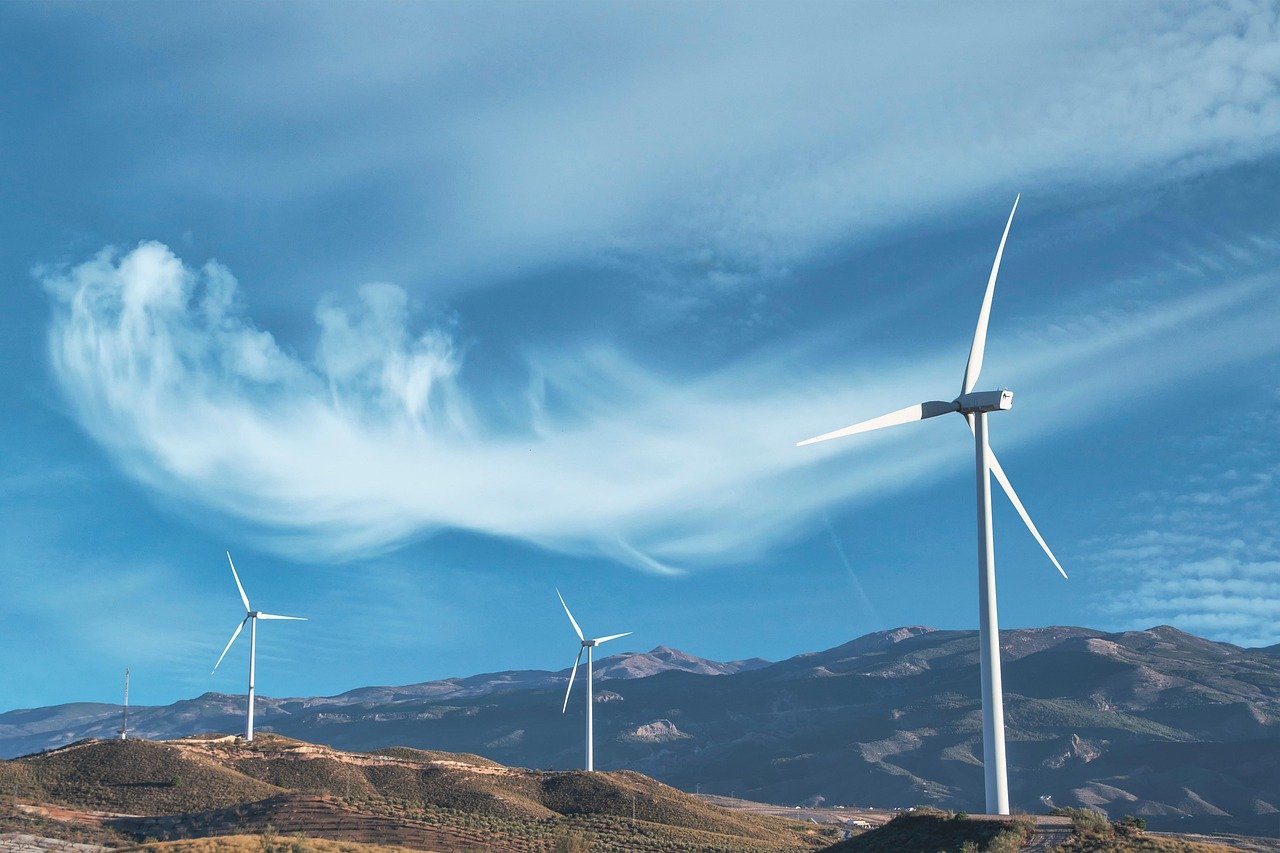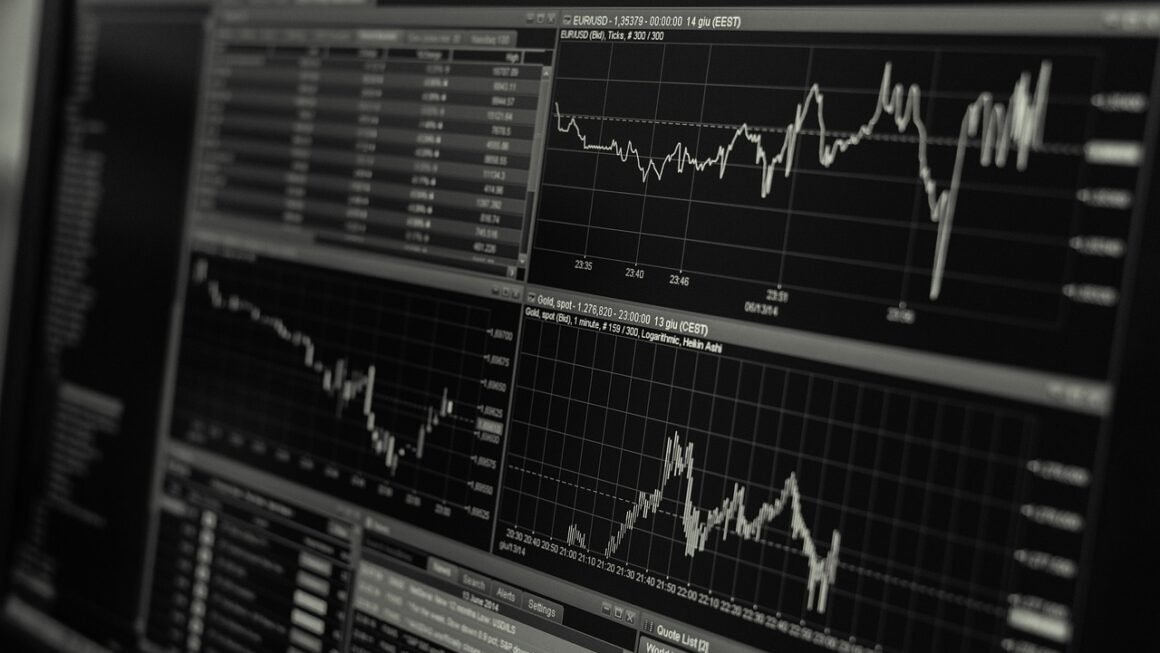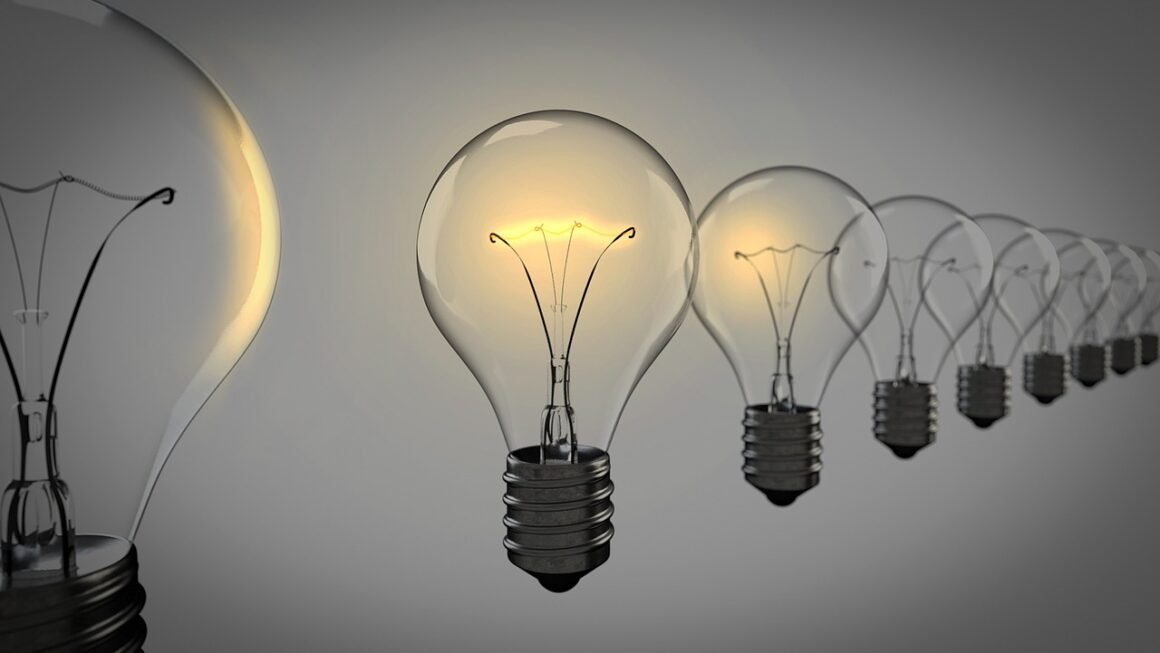Drones, once a futuristic fantasy, have become an integral part of modern life, transforming industries from agriculture to filmmaking. Their versatility and accessibility have democratized aerial technology, empowering businesses and hobbyists alike to capture unique perspectives, streamline operations, and explore new possibilities. This blog post delves into the fascinating world of drones, examining their diverse applications, technological advancements, and the regulations that govern their use.
Understanding Drones: A Comprehensive Overview
What Exactly is a Drone?
At its core, a drone, also known as an Unmanned Aerial Vehicle (UAV), is an aircraft without a human pilot on board. These aircraft are controlled remotely by a pilot on the ground, using a remote control or a smartphone app. They can range in size from palm-sized mini-drones to large, sophisticated aircraft capable of carrying heavy payloads. The “brain” of the drone is the flight controller, which uses sensors like gyroscopes, accelerometers, and GPS to maintain stability and execute commands.
- Key Components of a Drone:
Frame: Provides the structural support.
Motors: Power the propellers.
Propellers: Generate lift and thrust.
Flight Controller: The central processing unit.
GPS: Enables autonomous flight and positioning.
Battery: Supplies power to the components.
Camera: Captures aerial images and videos.
Gimbal: Stabilizes the camera for smooth footage.
A Brief History of Drones
The concept of UAVs isn’t new. Early versions were developed for military applications in the early 20th century. However, advancements in battery technology, miniaturization of electronics, and GPS navigation have fueled the rapid growth of the civilian drone market in recent years. The availability of affordable and user-friendly drones has opened up a world of possibilities for various industries and individuals.
Diverse Applications of Drone Technology
Commercial and Industrial Uses
Drones are revolutionizing numerous industries, offering efficiency gains, cost savings, and enhanced safety.
- Agriculture: Drones equipped with multispectral cameras can assess crop health, identify areas needing irrigation or fertilization, and even spray pesticides with precision. This optimizes resource utilization and increases crop yields. For example, farmers can use drone imagery to create variable rate fertilizer maps, applying fertilizer only where needed, saving money and reducing environmental impact.
- Construction: Drones provide aerial surveys of construction sites, track progress, and inspect infrastructure like bridges and power lines. This reduces the need for manual inspections, improving safety and efficiency. Companies use drone data to create 3D models of construction sites, enabling better planning and coordination.
- Real Estate: Drones capture stunning aerial footage and photography for property listings, providing potential buyers with a comprehensive view of the property and its surroundings. Aerial tours and panoramic views significantly enhance marketing efforts.
- Inspection: Drones are used to inspect bridges, cell towers, and wind turbines without the need for workers to climb or be in hazardous positions, keeping workers safe.
- Delivery: Drone delivery is becoming more prevalent, especially for small packages and urgent medical supplies. Companies like Amazon and UPS are actively developing drone delivery programs to improve delivery speed and efficiency in certain areas.
Recreational and Hobbyist Uses
Drones are also popular among hobbyists and enthusiasts.
- Photography and Videography: Drones allow amateur and professional photographers to capture breathtaking aerial images and videos, offering unique perspectives and creative possibilities. Landscape photography, cinematic videography, and even real estate showcasing benefit greatly from drone capabilities.
- Drone Racing: Drone racing is a rapidly growing sport, with pilots flying drones through obstacle courses at high speeds. It requires skill, precision, and quick reflexes.
- Exploration and Discovery: Drones allow users to explore remote and inaccessible locations, such as mountains, forests, and coastlines. They can capture stunning footage of landscapes and wildlife without disturbing the environment.
Key Drone Features and Technologies
Camera and Gimbal Technology
- Camera Resolution: Drones come equipped with cameras ranging from HD to 4K and even 8K resolution, capturing stunningly detailed images and videos. Higher resolution allows for more detail and sharper images, especially when cropping or editing footage.
- Gimbal Stabilization: A gimbal is a mechanical device that stabilizes the camera, ensuring smooth and steady footage even when the drone is moving. 3-axis gimbals are the most common, compensating for pitch, roll, and yaw movements.
- Image Sensors: The size and quality of the image sensor greatly affect the image quality, especially in low-light conditions. Larger sensors generally produce better images with less noise.
Flight Control and Navigation
- GPS and GNSS: Drones use GPS (Global Positioning System) and other GNSS (Global Navigation Satellite Systems) for precise positioning and autonomous flight capabilities. GPS allows drones to maintain their position, return to home automatically, and follow pre-programmed flight paths.
- Obstacle Avoidance: Many modern drones are equipped with obstacle avoidance sensors that detect and avoid obstacles in their flight path, improving safety and preventing collisions. These sensors use technologies like ultrasonic sensors, infrared sensors, and vision sensors to detect obstacles.
- Intelligent Flight Modes: Drones offer a variety of intelligent flight modes, such as Follow Me, Orbit, and Waypoint navigation, making it easier to capture specific shots and perform complex maneuvers.
Battery Life and Range
- Battery Technology: Drone battery technology has advanced significantly in recent years, offering longer flight times and improved performance. Lithium Polymer (LiPo) batteries are the most common type used in drones.
- Flight Time: The flight time of a drone varies depending on its size, weight, and battery capacity. Typical flight times range from 20 to 30 minutes.
- Range: The range of a drone is the maximum distance it can fly from the controller while maintaining a stable connection. This range can vary from a few hundred meters to several kilometers, depending on the drone and the environment.
Regulations and Safety Guidelines
FAA Regulations (Example – US regulations)
In the United States, the Federal Aviation Administration (FAA) regulates the use of drones. It is important to understand and comply with these regulations to ensure safe and legal drone operations.
- Registration: Drones weighing between 0.55 lbs (250 grams) and 55 lbs (25 kg) must be registered with the FAA.
- Remote ID: Most drones operating in the United States are required to have Remote ID capability, allowing them to be identified remotely by authorities.
- Operating Restrictions:
Drones cannot be flown higher than 400 feet above ground level (AGL).
Drones cannot be flown within 5 miles of an airport without permission from air traffic control.
Drones cannot be flown over people without a waiver.
Drones cannot be flown at night without proper lighting and training.
* Pilots must maintain visual line of sight with the drone at all times.
Safety Best Practices
- Pre-Flight Checklist: Always perform a pre-flight checklist to ensure that the drone is in good working condition and that all batteries are charged.
- Weather Conditions: Avoid flying drones in adverse weather conditions, such as high winds, rain, or snow.
- Situational Awareness: Be aware of your surroundings and avoid flying near obstacles, power lines, or other hazards.
- Respect Privacy: Respect the privacy of others and avoid flying over private property without permission.
- Follow Local Laws: Be aware of and comply with local laws and regulations regarding drone use.
Conclusion
Drones have evolved from specialized military tools to versatile devices with widespread applications. From revolutionizing industries like agriculture and construction to offering unique perspectives in photography and videography, drones are transforming the way we interact with the world. As drone technology continues to advance, we can expect even more innovative uses and capabilities to emerge. However, it is crucial to prioritize safety and comply with regulations to ensure that drones are used responsibly and ethically. Understanding the technology, regulations, and best practices is essential for both professionals and hobbyists alike to harness the full potential of this exciting and transformative technology.



